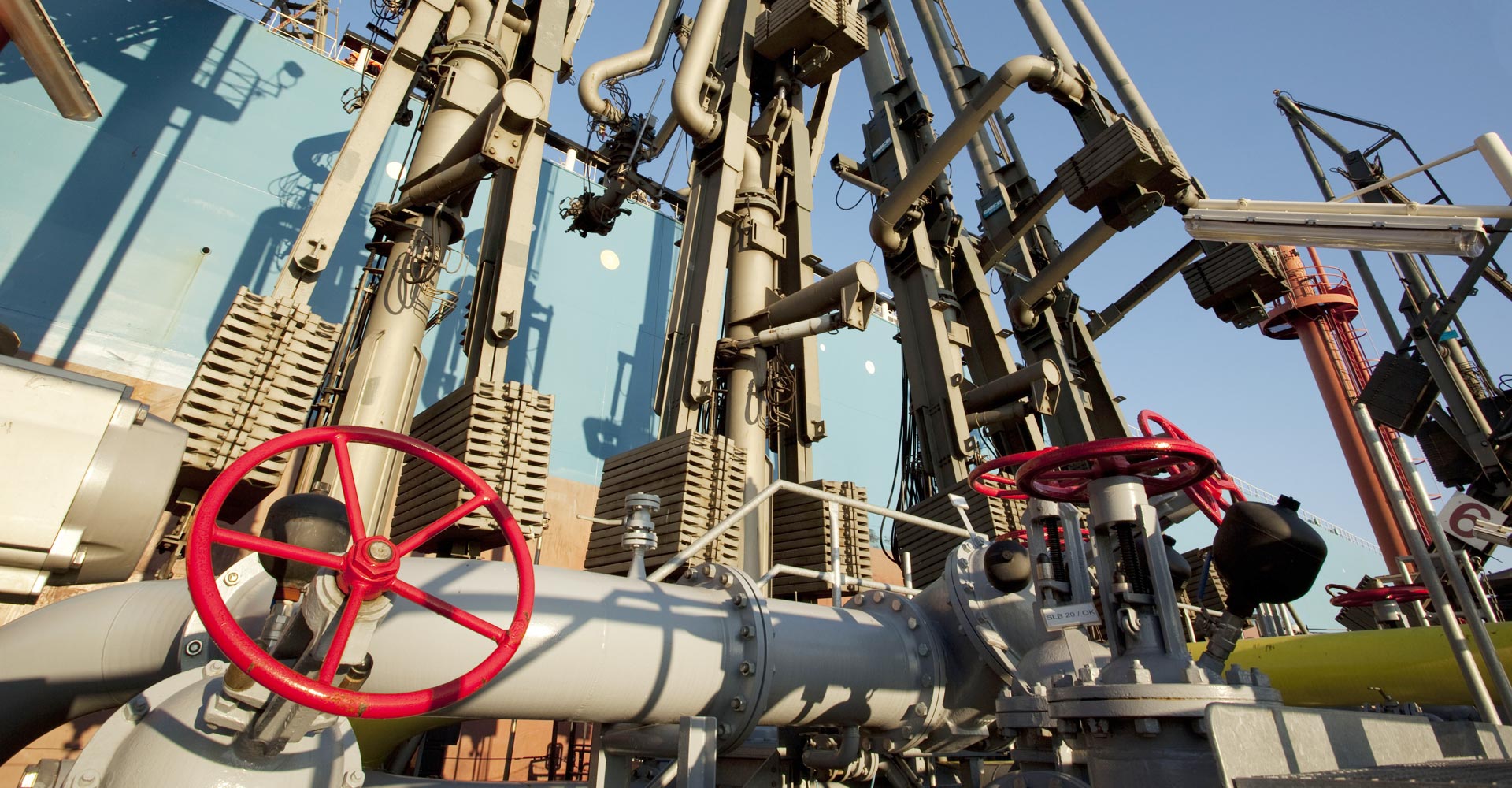GHS (Globally Harmonized System of Classification and Labelling of Chemicals) & CLP Regulation
The United Nations’ Globally Harmonized System of Classification and Labelling of Chemicals (GHS) is a unique worldwide system for classification of chemicals as well as their labelling on packages and safety data sheets.
To implement this labelling system in Europe, the “CLP Regulation” (Regulation (EC) No. 1272/2008) was set up and entered into force on January 20, 2009. This Regulation stipulates that all substances have to be classified and labelled in accordance with GHS since December 1, 2012, and all mixtures since June 1, 2015. The Regulation’s criteria are to be used to identify hazardous chemicals and inform their users about their respective dangers.
The CLP Regulation relies on expert knowledge for the process of classification according to GHS. The hazardousness of a given substance or mixture is assessed based on relevant criteria, and the substance/mixture is then allocated to the appropriate hazard classes and categories. While the hazard class provides information on the type of hazard, the given hazard category serves as a means of graduation within a class. In the EU, there are currently 16 classes for physical hazards, 10 for health hazards and two classes for environmental hazards.
Their classification determines the labelling of chemicals on the packaging and on safety data sheets. The hazards are visualized in pictograms, supplemented with signal words (“hazard”, “attention”). In addition, hazard statements (H-Phrases) explain the type and, where applicable, the grade of hazard. Precautionary statements (P-Phrases) give standardized recommendations for limiting or preventing harmful effects.
Wherever applicable, Marquard & Bahls subsidiaries ensure that the recommended safety measures are adhered to in order to protect human health and the environment.
Status: December 2015
All information subject to change. Errors and omissions excepted.

